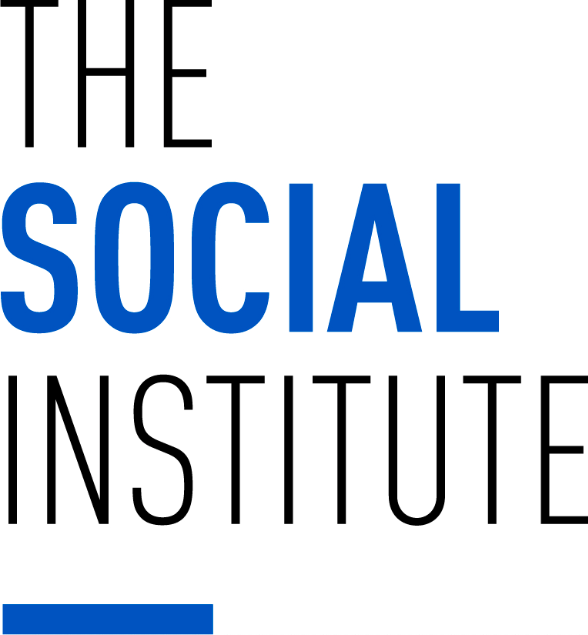Key points:
- Visitor management is an increasingly large part of school safety policy
- 4 considerations for school safety solutions
- How to start solving your school bullying problem
- For more news on school safety, visit eSN’s Educational Leadership hub
One crucial aspect of school safety is monitoring who comes on and off campus, including visitors. Visitor management can be tricky, because school campuses tend to have various points of access. In recent years, schools have put in the effort to advance all safety measures within schools, including visitor management. In fact, recent research by Pew Research Center found that 98 percent of schools require visitors to check in and wear a badge.
Schools can emphasize their protection of students and staff by requiring visitors to wear a visitor-specific safety badge that can monitor their location while on campus. Opposed to staff safety badges, which only provide location information once an alert is initiated to maintain staff privacy, the visitor badge will monitor the visitor’s location in real-time while on school grounds.…Read More

